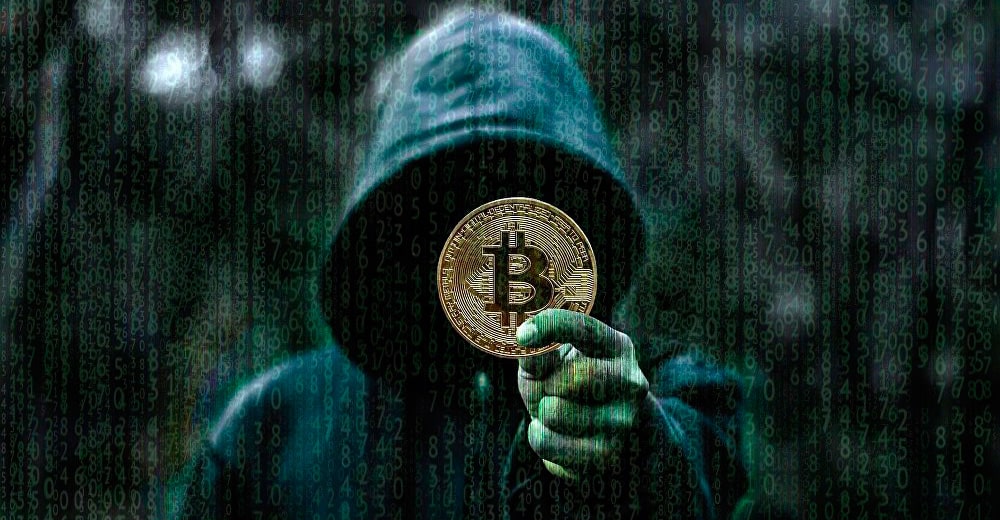Commercial services in the deep web (Onion Links 2026)

Commercial services, this list is updated in January 2026 in this list of links you can find information and data on commercial services in the deep web, computer products, tablets, smartphones, gold, diamonds, hacking services, sale of passports and much more. But what’s so special about these websites? Some of these websites provide information and secrets about football matches (bets, bookmarks, 100% fixed predictions).
Other illegal activities in high demand are the impersonation of people and the creation of new identities, the recruitment of hit men and mercenaries, the falsification of banknotes, the trafficking and illegal work of women and children, and the sale of stolen products. If you are thinking about accessing the Deep Web Links, do it in a safe and anonymous way. Take the opportunity to visit these links with caution. Protect your Communication, Location, Privacy and Data. Uses a VPN service.
List of links to commercial services
USfakeIDs
High quality USA Fake Drivers Licenses.
USA Citizenship
Become a citizen of USA, real USA passport.
UK Passports
Original UK Passports. Down | 2014-07-25
Rent-A-Hacker
Hacking, DDOS, Social Engeneering, Espionage, Ruining people.
UK Guns and Ammo
Sell UK Pistols and Ammo by Bitcoins.
CStore
The original CardedStore, Electronics purchased with carded giftcards, Everything Brand new. Full escrow accepted.
Apple Palace
low priced Apple Products!
Gold & Diamonds
Genuine Gold, Diamonds and Rhino Horn shipped from Germany and USA.
Football Money
Information on fixed football matches every week, 100% accurate information huge profits to make in online betting.
Fake Passport ID sale
Good website selling qualitative EU/US/AUS/CAN fake passports, ID cards, driver’s licenses.
PirateCorp
Provides high-end hacking services in the darknet since 2005. With real feedback and escrow accepted.
EuroGuns
Your #1 european arms dealer.
USfakeIDs
High quality USA Fake Drivers Licenses.
Samsungstore
Samsung tablets, smartphones, notebooks with escrow.
Kamagra for Bitcoin
Same as Viagra but cheaper!
Apples4Bitcoin
Cheap Apple products for Bitcoin.
Onion Identity Services
Selling Passports and ID-Cards for Bitcoins.
Apple World
Carded iPhones, iPads, Macbooks, iMacs and consoles shipping worldwide.
Amazon GC 4 Bitcoins
Bring Your dreams to life with these amazing Amazon gift cards half of the price.
SOL’s United States Citizenship
Become a True US Citizen – Selling Citizenship.
Mobile Store
Factory unlocked iphones and other smartphones.
Cards
Credit cards with high balance.
Skimmer Device
Seller of Magnetic Stripe Reader (MSR) and Writer devices to clone cards.
Fake Passports
Your fake passport service providing high quality fake passports since 2014.
Buy Twitter Followers
Twitter followers being sold for Bitcoins.
Remember to access the Deep web links in a safe and anonymous way. Take the opportunity to visit those links with caution.




